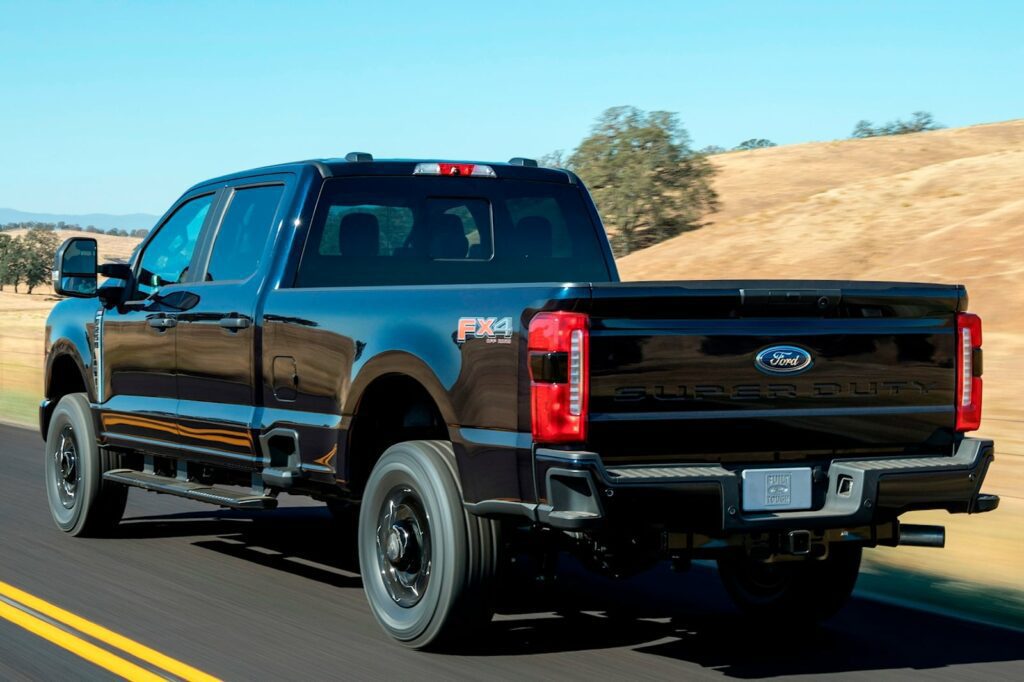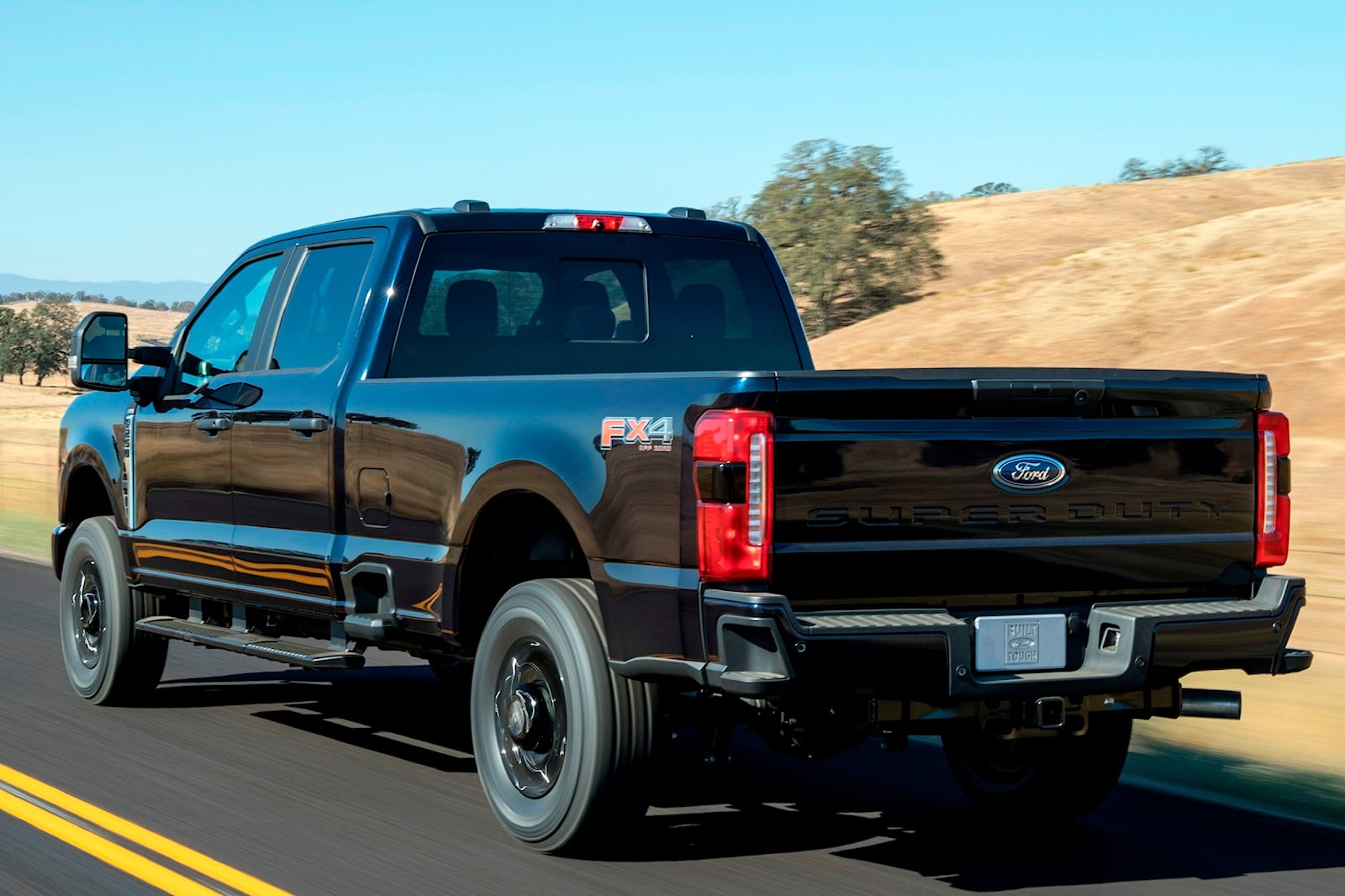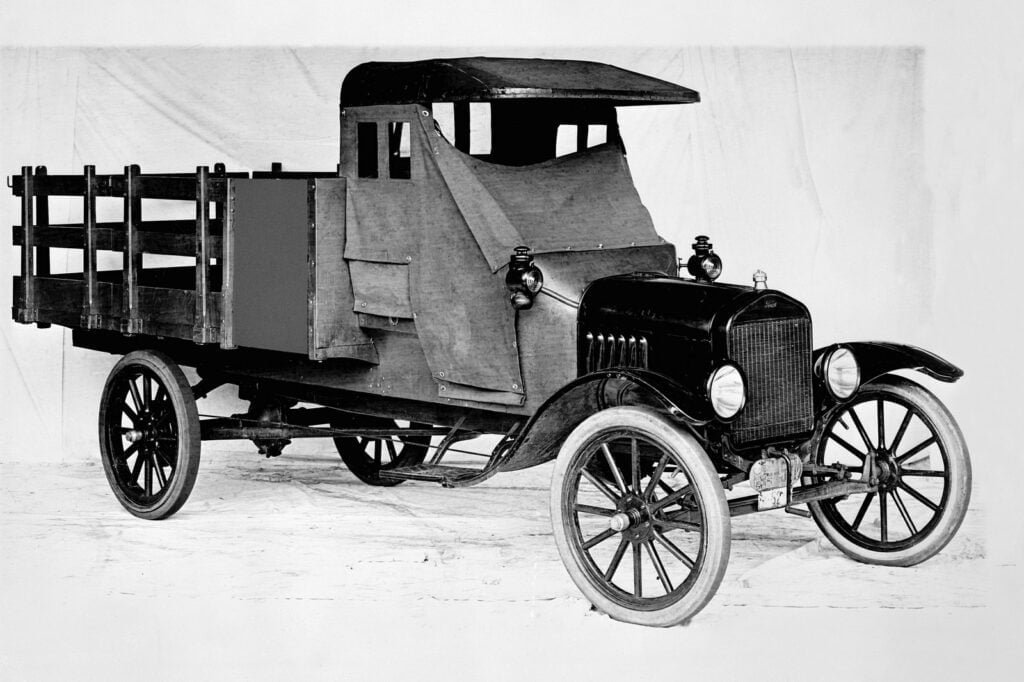Ford Super Duty Trucks Are The First Test Of New Quality Promises

Ford Super Duty Trucks Are The First Test Of New Quality Promises
The automaker is trying to improve its reliability reputation by taking more time on production and assembly.
It’s no secret that Ford has been dealing with quality issues, but the Dearborn-based brand wants to turn things around, and it’s doing so by implementing rigorous quality control checks with the new F-Series Super Duty trucks.
The F-250 and other large pickups from the Ford stable are big moneymakers and are essential to the automaker’s transition from ICE vehicles to EVs. Paul Murray, a powertrain engineer with 32 years of experience, told the Detroit Free Press that the new quality measures are unlike anything he’s seen before: “It’s the very first time we’ve looked at every inch of the truck and had all these engineers look at it with a fine tooth comb.”
The company is scrutinizing just about every pre-production model, with engineers poring over every corner of the new trucks. Murray notes that more than 600 examples have been built and closely inspected with detailed three-hour quality evaluations.
“They’re making calls every day about what to do,” said Murray, adding, “These products are critical. Quality is critical. Good enough is not good enough. We have got to exceed expectations. We’re pushing hard,” he remarked.
This isn’t just another truck; the Super Duty pickups need to withstand relentless abuse and tow heavy machinery, carry equipment, and endure punishment off-road. As such, they need to be built properly – there’s no excuse for poor quality here. Engineers have looked over all aspects – from the seats, engine, transmission, and even the sheet metal – and have experts at every plant to ensure these components exceed Ford’s standards.
Ford is utilizing the very best technology to catch any issues and record them almost immediately. Cameras have been placed across the plant and can identify problems that could go unnoticed by the human eye. Industrial engineer Rochelle Rainford-Miller explained the cameras observe electric components, and so too is the paint application process.
According to Reuters, Kentucky Truck has added 300 quality inspectors and more engineers to find the root cause of defects and design tools to find problems before the trucks reach the end of the line.
Where most automakers would lament the discovery of a fault or quality issue, Ford is celebrating this. After all, that’s the entire point of this stringent quality control. The automaker had more recalls than any other company last year – automotive or otherwise.
Once the vehicles are complete, a small sample of trucks would normally face random spot checks to check for rattles, squeaks, and interface glitches. But that method has not worked well for the brand, so the plant changed things, sending some 28,000 of the new first-gen Super Duty trucks along a 25-mile route near the factory where they can be comprehensively evaluated. Everything must be checked to ensure it works.
The lessons learned here will be relayed to other factories, including those responsible for the upcoming Mustang. Thus, new Ford vehicles should stand up to the demands of daily use with more gumption. Fingers crossed.
When you’re trying to build competitive EVs – and take on industry leaders like Tesla – you need plenty of cash for research and development. In 2022, Ford admitted it had lost $2 billion owing to various issues. At the time, CFO John Lawler said, “In the simplest terms, we need to improve quality and lower costs now.”
As mentioned, the amount of recalls Ford has suffered in the past year is staggering. Just recently, the company had to recall Bronco and Ranger vehicles over a risk that the wheels may detach while driving. Sam Abuelsamid of Guidehouse Insights told DFP that if these recalls continue into the electric era, it could put Ford in a bad position.
“Now is the time for them to demonstrate. When you’ve committed to spending $50 billion or more on the transition to electrification, the last thing you can afford to do is squander another $2 billion or $3 billion on warranty costs,” he said.




Responses